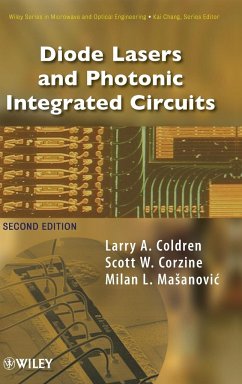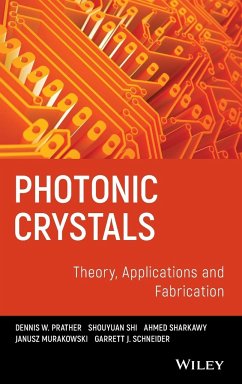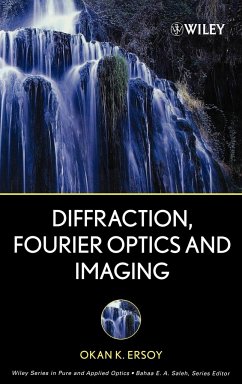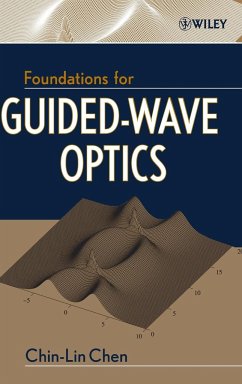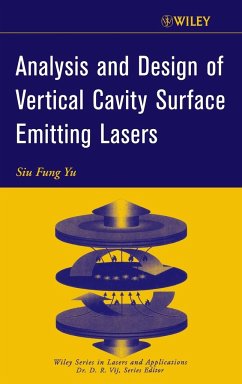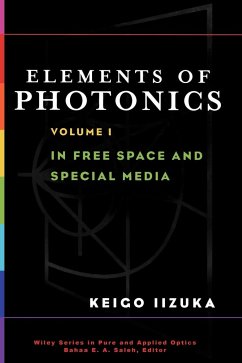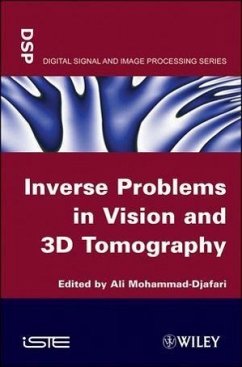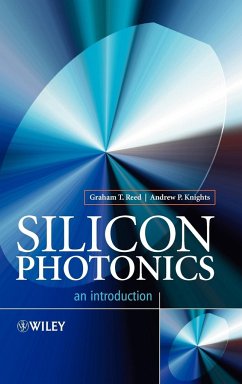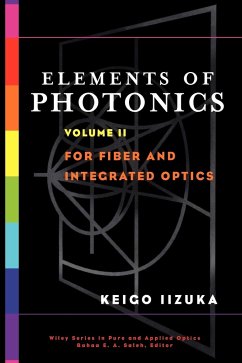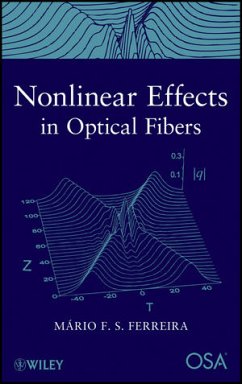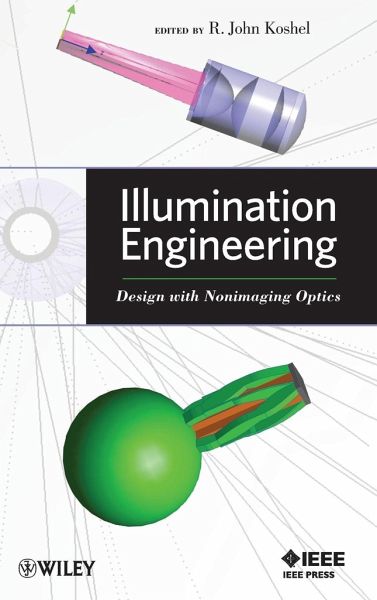
Illumination Engineering
Design with Nonimaging Optics
Herausgegeben von Koshel, R. John
Versandkostenfrei!
Versandfertig in über 4 Wochen
132,99 €
inkl. MwSt.
Weitere Ausgaben:

PAYBACK Punkte
66 °P sammeln!
This book brings together experts in the field who present material on a number of important and growing topics including lighting, displays, solar concentrators. The first chapter provides an overview of the field of nonimagin and illumination optics. Included in this chapter are terminology, units, definitions, and descriptions of the optical components used in illumination systems. The next two chapters provide material within the theoretical domain, including etendue, etendue squeezing, and the skew invariant. The remaining chapters focus on growing applications.This entire field of nonima...
This book brings together experts in the field who present material on a number of important and growing topics including lighting, displays, solar concentrators. The first chapter provides an overview of the field of nonimagin and illumination optics. Included in this chapter are terminology, units, definitions, and descriptions of the optical components used in illumination systems. The next two chapters provide material within the theoretical domain, including etendue, etendue squeezing, and the skew invariant. The remaining chapters focus on growing applications.
This entire field of nonimaging optics is an evolving field, and the editor plans to update the technological progress every two to three years. The editor, John Koshel, is one of the most prominent leading experts in this field, and he is the right expert to perform the task.
This entire field of nonimaging optics is an evolving field, and the editor plans to update the technological progress every two to three years. The editor, John Koshel, is one of the most prominent leading experts in this field, and he is the right expert to perform the task.




